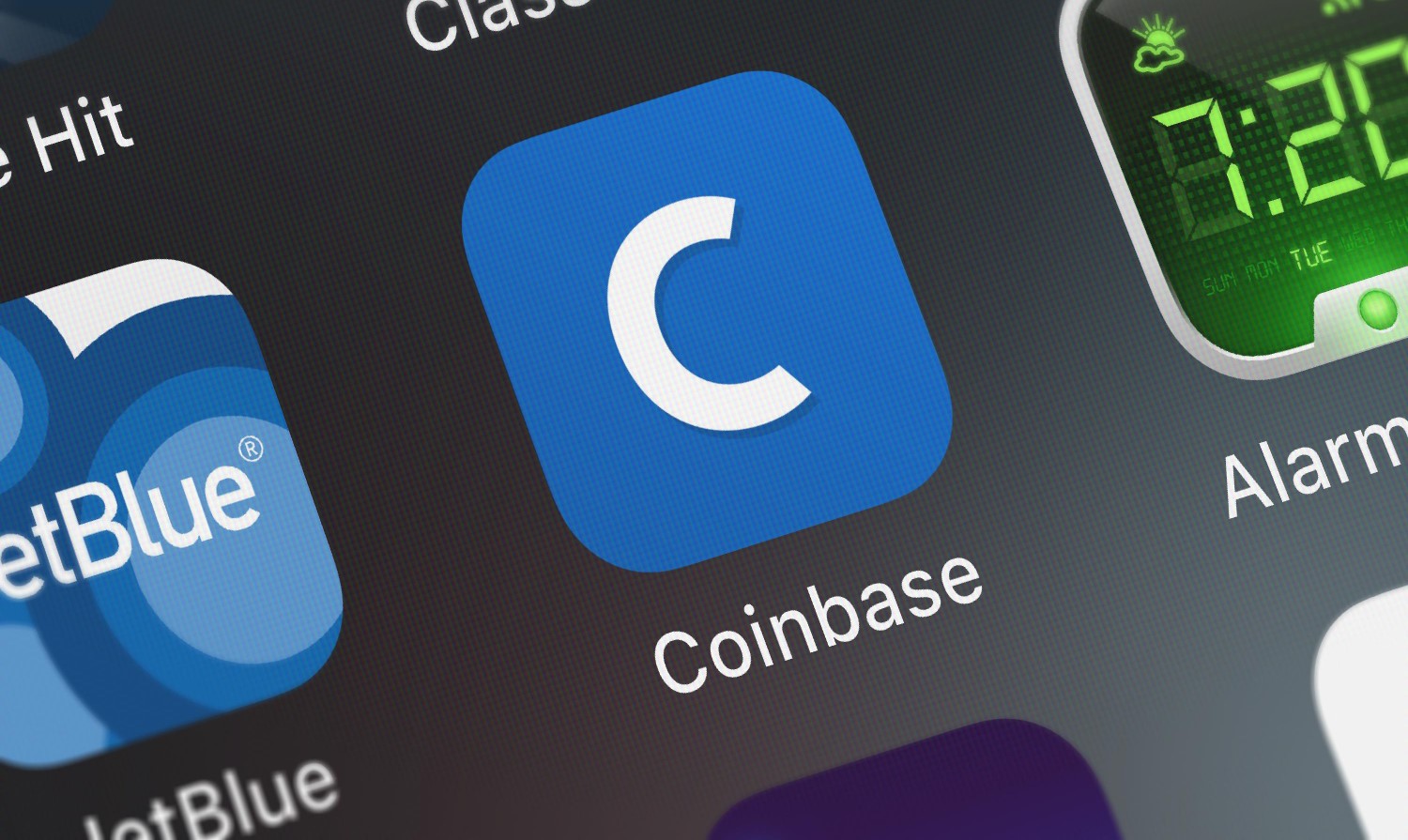Ava Labs Sets Avalanche Mainnet Launch for Sept. 21
Ava Labs founder Emin Gün Sirer (CoinDesk archives)
Ava Labs Sets Avalanche Mainnet Launch for Sept. 21
Another contender is joining the ring of decentralized finance (DeFi) platforms sparring to win market share from the Ethereum ecosystem.
Ava Labs is launching its Avalanche blockchain next Monday, Sept. 21. The upcoming launch comes on the back of $60 million in funding, $45 million of which came from a July 2020 public token sale and private sale lead by Mike Novogratz’s Galaxy Digital, Bitmain and Initialized Capital.
“Avalanche aims to enable new systems defined by velocity, efficient use of capital, and innovation in new products and services that aren’t possible with the current wait times to finalize transactions,” Ava Labs CEO Emin Gün Sirer told CoinDesk. “DeFi is certainly part of our motivation in the short term, with our long-term sights set on traditional finance.”
Ethereum compatibility
Avalanche is a proof-of-stake blockchain that the team at Ava Labs claims can process 4,500 transactions per second even without the security tradeoffs usually associated with low-latency chains. Its novel consensus mechanism is a fusion of a directed acyclic graph structure and “repeated subsampled voting,” which Sirer called the “core innovation.”
The blockchain’s architecture consists of the primary network and so-called “subnets” – secondary, uniquely tailored blockchains that are supported by Avalanche’s main network.
These subnets can be curated for specific use cases and designed to fit the needs of their designers (they can be public or private, for instance). Avalanche validators, those who stake the network’s native token, AVAX, to process transactions, can choose to validate or ignore transactions from any given subnet. Sirer told CoinDesk that a minimum of 2,000 AVAX is needed to stake a validator node.
Avalanche documentation indicates some subnet validators may be subject to know-your-customer (KYC) requirements per their respective jurisdictions and may require licensing to operate.
Avalanche’s presumptive high throughput and flexibility are positioning it to compete for DeFi market share, the team claims, particularly at a time when transactions have choked the go-to DeFi network in Ethereum and sent its transaction fees skyward as traders compete for block space.
One of Avalanche’s primary marketing features is its Ethereum compatibility. One of its subnets, the Avalanche Contract Chain (C-Chain, for short), supports the Ethereum Virtual Machine and its Solidity coding language. This will allow developers to import and deploy Solidity smart contracts on the new network.
“Avalanche will also support bridges to other networks for users to move assets between the networks, including a bridge to Ethereum that we’ll be launching very soon,” Sirer said.
Another one rides the wave
Ava Labs is the latest project to dive headfirst into a surging, multi-billion dollar DeFi market, which is dominated by Ethereum. It joins other next-gen platforms like Solana and Anchor, which are positioning themselves as faster versions of older competitors like Ethereum.
Still other, older chains that cropped up in the market mania of 2016-2018 are playing catchup for DeFi market share as well.
In a bid to capitalize on the booming DeFi space, leading cryptocurrency exchange Binance is looking for ways to incorporate DeFi applications on its Binance Smart Chain; additionally, its new program Launchpool offers Binance users the ability to stake tokens for yield farming directly on its centralized exchange.
Smart-contract platforms Tron and Waves recently joined forces to foster an interoperable network, Gravity, to bridge their platforms’ burgeoning DeFi applications.









